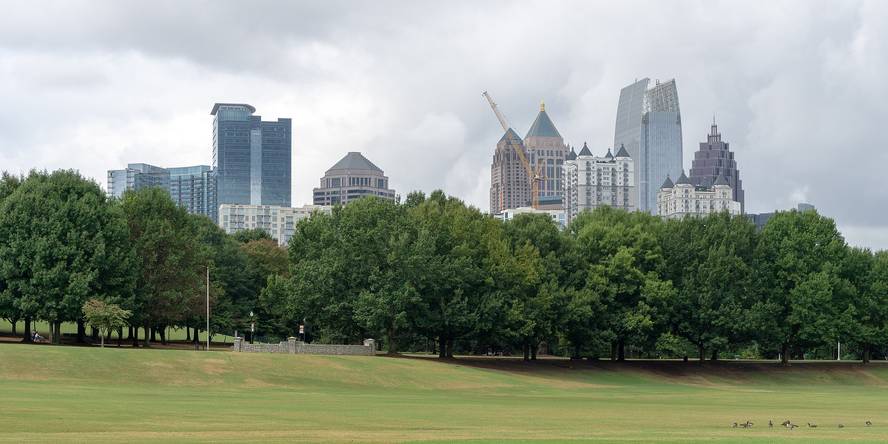They show that tie in cities increases social discrimination.
A study by the Autonomous University of Barcelona has shown that the creation of green areas in cities or the regeneration of existing ones occurs in the environment. That is, green attracts a high economic level, housing prices rise and lower-income people go abroad. This is the conclusion they have reached after six years of evolution from 28 European, Canadian and American cities. The results have been published in the journal Nature Communications.
In the research, the authors have recalled that the fact that cities equalize has important benefits for health, climate and economy. However, the analysis reveals that distribution and accessibility are not equitable. In fact, in 17 of the 28 cities, the concentration of equality led to gentrification, especially in the United States and Canada, where social policies and housing market control are weaker than in Europe.
Thus, they have demonstrated that the urban renewal works carried out in the years 1990-2000 are directly related to the gentrification that occurred in the years 2010. The creation of green areas or access to the Ebro excluded the most vulnerable citizens, especially migrants and racialized people. This relationship is direct in countries such as Atlanta, Copenhagen, Montreal, Nantes and Vancouver.
Elsewhere, conciliation has been linked to the reorganization of the city with the objective of economic growth. In these cases, the relationship between leveling and gentrification is not so direct, as other factors have also contributed to gentrification. This is the case in Barcelona, Boston, Denver, Edinburgh, San Francisco and Seattle.
And in some cities like Valencia, they haven't seen any relationship. Researchers believe that the creation of small parks in neighborhoods has helped to avoid gentrification.
Thus, researchers have concluded that the equalization of cities is not bad, on the contrary, but in the creation or recovery of green spaces it is essential to give priority to equity and justice if one does not want to discriminate.






